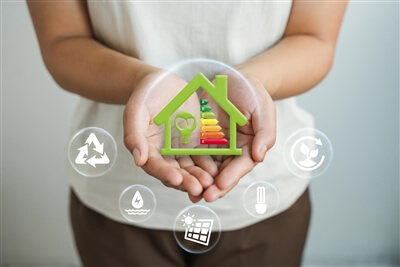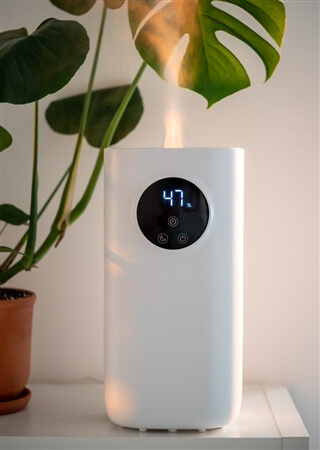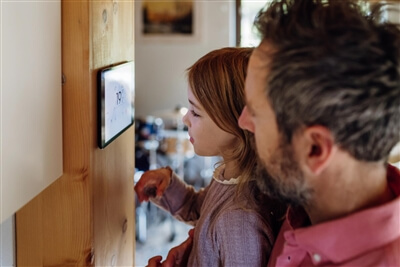Winter facility maintenance tips for safer, comfortable, and more energy-efficient spaces
Winter can challenge our homes or any type of facilities with colder temperatures and increased energy demands.
By focusing on key maintenance areas, you can create a safe, welcoming environment while saving energy and being more sustainable.
Here are some basic facility maintenance tips to follow!
By focusing on key maintenance areas, you can create a safe, welcoming environment while saving energy and being more sustainable.
Here are some basic facility maintenance tips to follow!

Balance humidity for comfort and efficiency
Dry air causes discomfort and can strain heating systems. Try to maintain optimal humidity (30-50%) with energy-efficient humidifiers and address ventilation leaks to retain warmth.
Balanced humidity makes air feel warmer, reducing the need for higher heating settings.
Weatherproof windows to save energy
Dirty windows block natural light increasing the need for artificial light and therefore can lead to waste of energy. At the same time, drafty windows which don’t properly isolate the cold also waste energy.
Regularly clean windows to maximize natural light and seal window drafts with weather stripping if necessary to maintain the heat indoors, reducing heating costs.
Dry air causes discomfort and can strain heating systems. Try to maintain optimal humidity (30-50%) with energy-efficient humidifiers and address ventilation leaks to retain warmth.
Balanced humidity makes air feel warmer, reducing the need for higher heating settings.
Weatherproof windows to save energy
Dirty windows block natural light increasing the need for artificial light and therefore can lead to waste of energy. At the same time, drafty windows which don’t properly isolate the cold also waste energy.
Regularly clean windows to maximize natural light and seal window drafts with weather stripping if necessary to maintain the heat indoors, reducing heating costs.


Insulate pipes to prevent energy waste
Frozen pipes can not only disrupt operations but they also waste energy. Make sure you insulate any exposed pipes in high-risk areas.
Preventing them from freezing not only reduces damages but also heat loss, and therefore it helps you improve overall energy efficiency.
Optimize heating systems
Efficient heating is key to comfort and cost savings. Service systems regularly (at least once per year), adjust thermostats based on use (ideally between 18 -19 Celsius degrees), and consider smart thermostats for automated temperature control.
In addition, reduce heating in low-traffic areas to save energy during off-peak hours. In addition, avoid placing furniture or other obstacles in front of the radiators to make sure that the heat can radiate throughout the room evenly.
Frozen pipes can not only disrupt operations but they also waste energy. Make sure you insulate any exposed pipes in high-risk areas.
Preventing them from freezing not only reduces damages but also heat loss, and therefore it helps you improve overall energy efficiency.
Optimize heating systems
Efficient heating is key to comfort and cost savings. Service systems regularly (at least once per year), adjust thermostats based on use (ideally between 18 -19 Celsius degrees), and consider smart thermostats for automated temperature control.
In addition, reduce heating in low-traffic areas to save energy during off-peak hours. In addition, avoid placing furniture or other obstacles in front of the radiators to make sure that the heat can radiate throughout the room evenly.

ARTICLES YOU MAY LIKE







